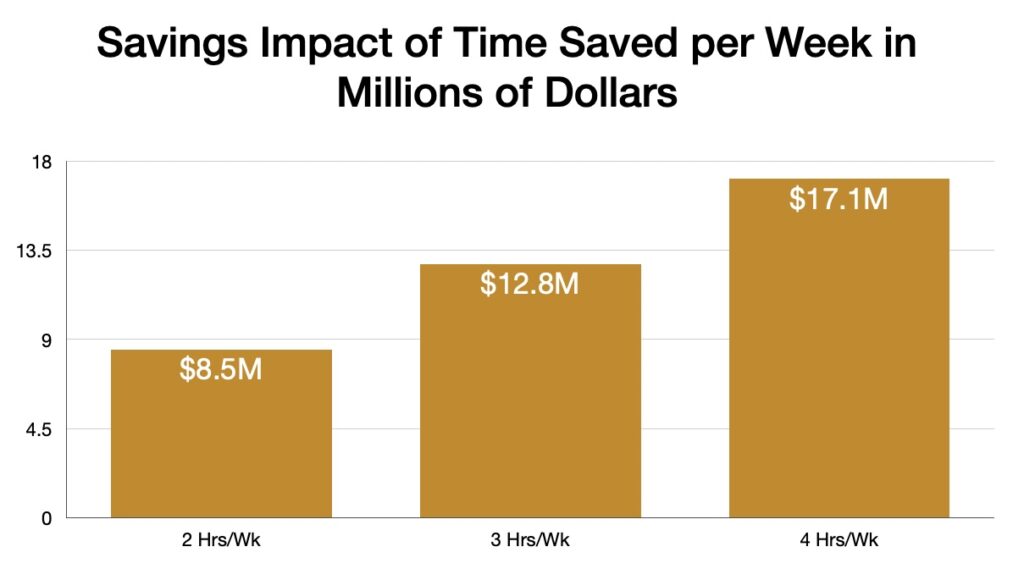On game day, Darrell K Royal Stadium becomes the heart of campus. More than one hundred thousand fans show up to cheer for the Longhorns, filling the stands in burnt orange. I look forward to Saturdays in the fall for so many reasons, but the best is that I get to feel like I am truly part of something far bigger and more meaningful as I take in the scenes from the stands. For the fans, we all want the day to feel seamless. Tickets scan, Wi-Fi connects, replays play, and the stadium feels secure. That simplicity is not an accident; it’s the result of months of preparation and a game day of real-time effort from teams in Enterprise Technology and our partners all across campus.
Just as the football team prepares with practices, film study, and repetition, we practice the way we intend to perform. Perfection is always the goal. The Networking team tunes wireless coverage across the stadium and ensures every vendor, ticketing station, and media outlet can connect. The Cable and Construction team checks and runs the fiber and cabling that carry instant replay, coach-to-sideline communication, and live broadcasts across the nation. The Warehouse team stages and delivers every piece of gear, from radios and cables to generators and water, so that when the call comes, it’s ready. The Electronic Physical Security Systems team sets schedules, monitors cameras, and ensures that safety is woven into the game day experience from the start.

When kickoff arrives, those teams are moving together as one. Networking watches over every access point and switch. EPSS monitors security and supports the Emergency Operations Center. Cable and Construction crews are ready for rapid response. The Warehouse team keeps supplies moving to where they’re needed most. It’s live, it’s fast, and just like the players on the field, execution must be perfect.
Game day is proof of a larger truth at UT Austin, technology touches nearly every aspect of campus life. From classrooms to research labs, from student housing to DKR Stadium, our work shapes the experience of our community. Like all the teams across this campus, we accept that responsibility with seriousness and pride. Our role is to prepare, to execute, and to remain in the background so that students, faculty, staff, alumni, and fans can focus on what matters most. That is the measure of success. When UT takes the field, and the stadium hums with energy, the technology simply works. To me, this is what it means to lead at a world-class university. Quietly, reliably, and with the same pursuit of perfection we expect from the Longhorns on the field. That is the standard we set for ourselves and that is just some of the work that makes me proud to serve this community. Hook ’em!


